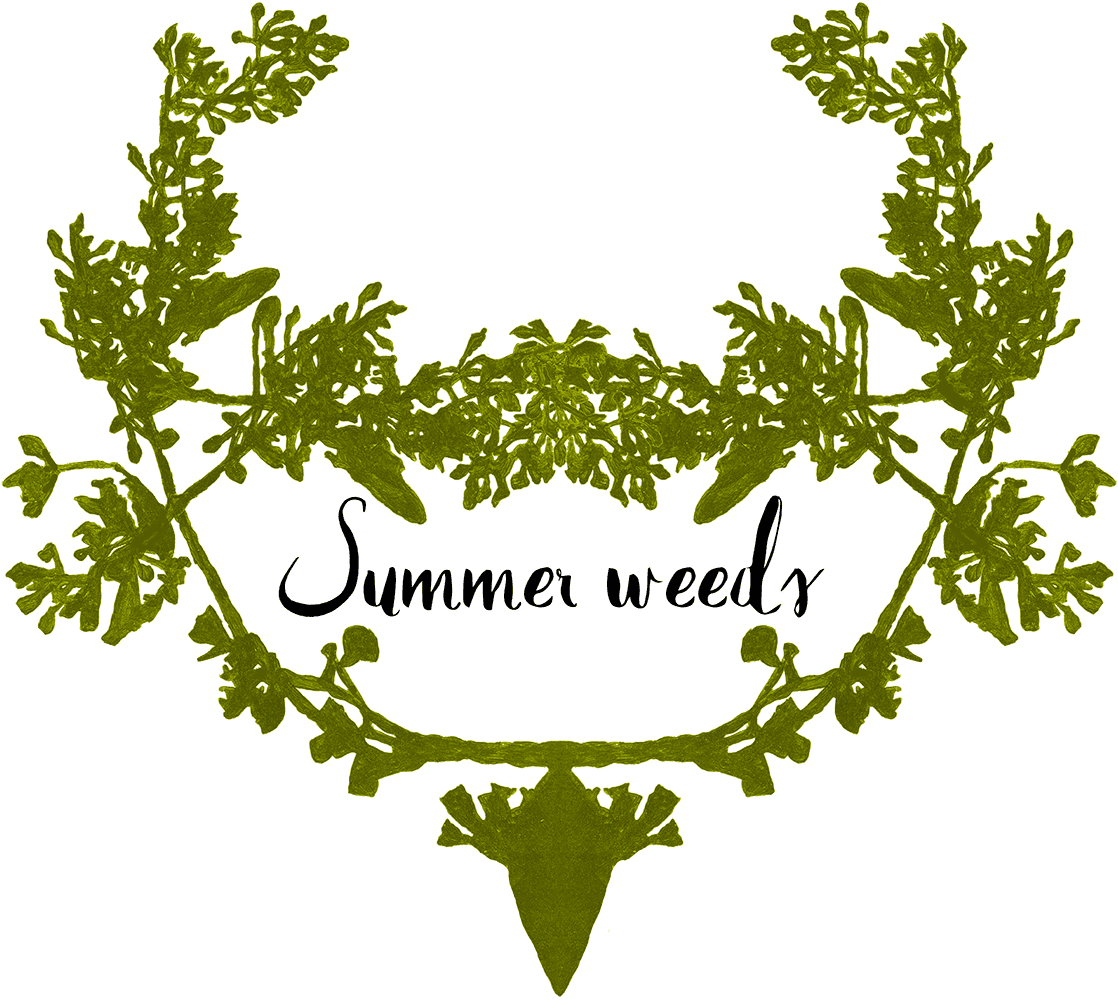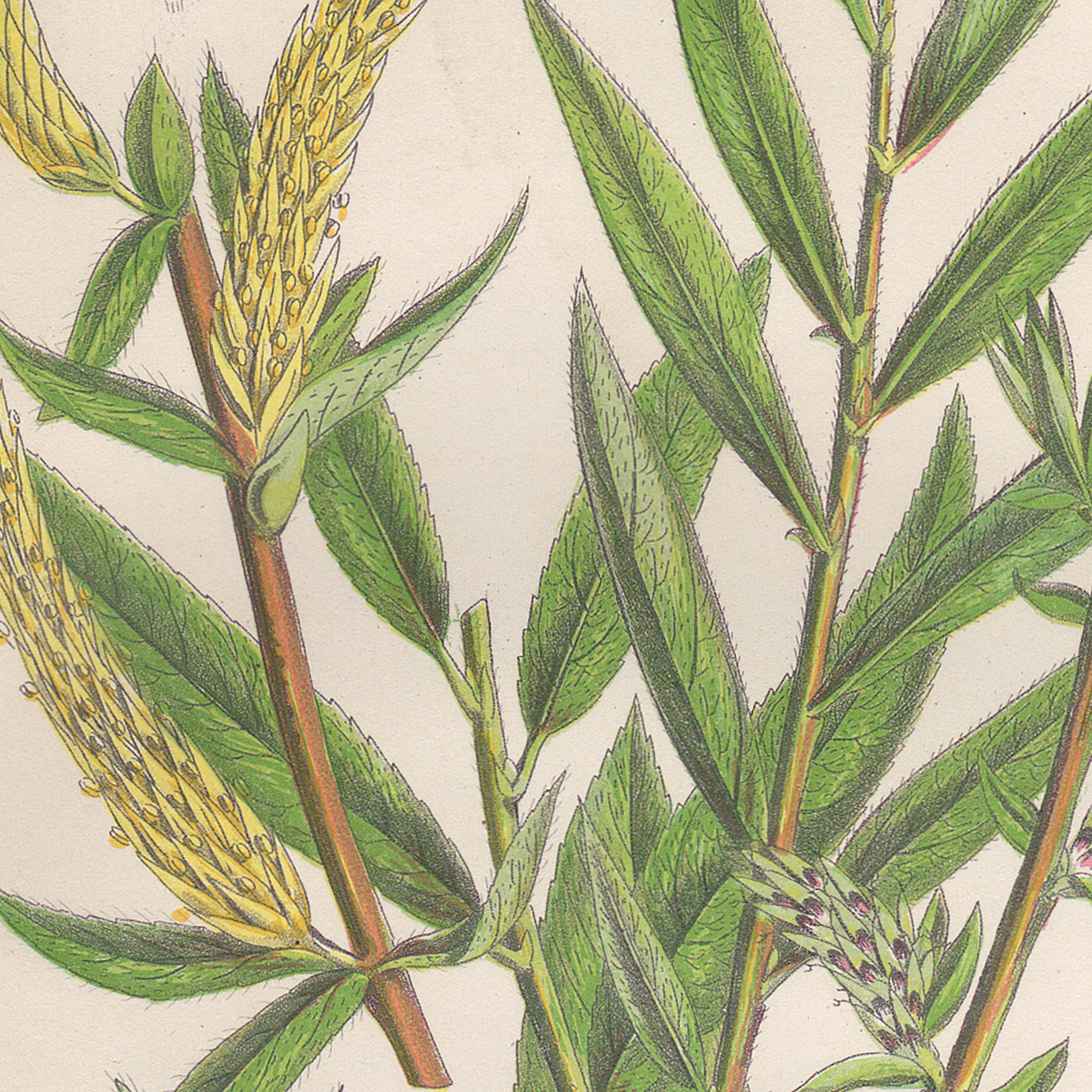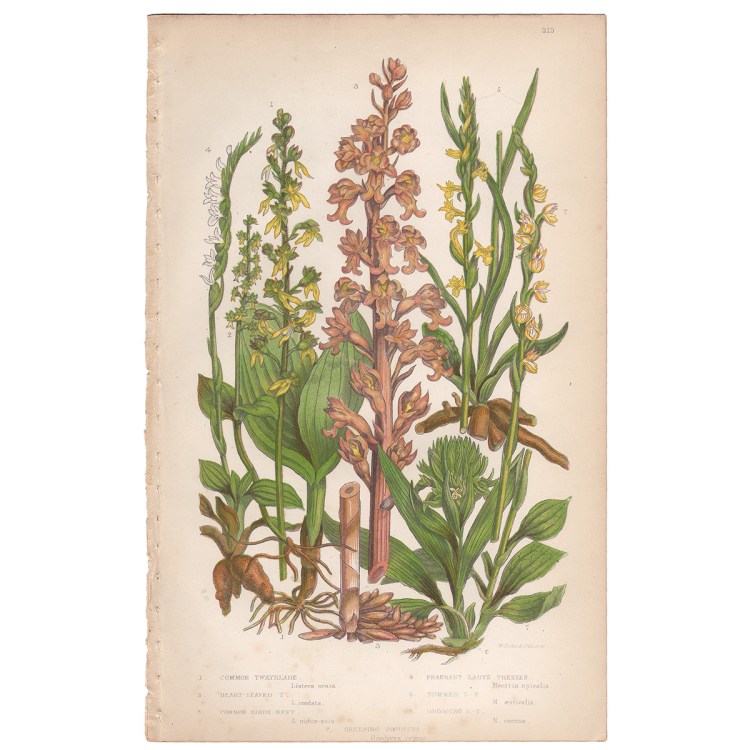Anne Pratt
Botanical and Ornithological Illustrator and Author
Anne Pratt (1806-1893) from Kent, England, is one of the best known botanical illustrators of the Victorian age. She wrote and published over 20 books and is responsible for popularizing botany. Pratt’s publications attract a wide audience and contributed to the advancement of flower study among the general public.
Inspiration and Influence
Pratt’s inspiration came early in life from her Mother’s love of gardening and flowers. Throughout her childhood her older sister collected plants, especially flowers, and brought them home to her to draw. Childhood illnesses often kept Pratt from leaving the house. Dr. Dodds, a friend of the family, first introduced Pratt to botany.

Publications
Flowers and Their Associations, 1826
Pratt first pursued publishers for her work after moving to Brixton with friends in 1826. Pratt’s first book Flowers and Their Associations was published by Charles Knight of Windsor (1791-1873) in 1828. The book was popular due to the accurate and beautiful botanical illustrations. Pratt made it a point to avoid scientific terms and make her publications readable for the general public.
The first paragraph from Flowers and Their Associations:
There certainly never was a time when the love and study of flowers was more general than at present. Not only is the number of botanists annually increasing but flower shows and horticultural societies are frequently inviting public attention to the beautiful ornaments of the garden or conservatory. Many who will not study plants scientifically or who care little to rear them are disposed to listen to any general information to be obtained respecting them. To those who value the study of nature it is matter of congratulation that wildflowers are now regarded with so much interest that they who wander abroad in the meadows wish to know their names and properties and to learn the old legends connected with many of them and which have brought down to us so much of the feelings and habits of other days.
The Flowering Plants, Grasses, Sedges, and Ferns of Great Britain, 1855
The Flowering Plants, Grasses, Sedges, and Ferns of Great Britain published first in 1855 in a three volume set titled The Flowering Plants of Great Britain and included plates 1 -238. Later Plates 1 – 238 were spread over four volumes. In circa 1873, a fifth and six volume was added and the entire set was re-titled The Flowering Plants, Grasses, Sedges, and Ferns of Great Britain, and Their Allies, the Club Mosses, Pepperworts and Horsetails. The sixth volume, sometimes combined with the fifth, is sometimes titled The Ferns of Great Britain. Second and third editions of The Flowering Plants, Grasses, Sedges, and Ferns of Great Britain, and Their Allies, the Club Mosses, Pepperworts and Horsetails were produced after 1875. Many volumes have been re-bound and combined.
Shop Original Antique Prints by Anne Pratt
Additional Selected Works by Anne Pratt
- Flowers and their associations, 1828 and 1840.
-
The Field, the Garden, and the Woodland, 1838
-
The Pictorial Catechism of Botany. London: Suttaby and Co., 1842
-
The Ferns of Great Britain, c. 1850
-
Wild Flowers, 1852
-
Poisonous, Noxious, and Suspected Plants, of our Fields and Woods, 1857
-
The Flowering Plants, Grasses, Sedges, and Ferns of Great Britain and Their Allies the Club Mosses, Pepperworts, and Horsetails. London: Frederick Warne and Co., 1855–1873
-
Chapters on Common Things of the Sea-side. Society for the Promotion of Christian Knowledge, 1850
-
Our Native Songsters. Society for the Promotion of Christian Knowledge, 1853
-
Haunts of the Wild Flowers. Routledge, Warne and Routledge, 1863
-
The Garden Flowers of the Year. Religious Tract Society, 1846
-
Wild Flowers of The Year. Religious Tract Society, 1846
-
The Excellent Woman as Described in Proverbs 31. Religious Tract Society, 1863
The Baxter Process of Chromolithograpy
About the Printing Process
Commercial color printing was a new process in 1855. Before 1855 color plates in books like Pratt’s The Flowering Plants were hand-colored. Pratt worked with William Dickes, an award winning lithographer at his time. Dickes was licensed to use The Baxter Process of printing. The Baxter Process, invented by George Baxter, is considered the first commercially viable color printing process and was patented in 1849.
Baxter’s process for producing color prints combined relief and intaglio printing methods. Multiple plates were used to produce color. Each plate was hand inked and therefor can account for differences in color, as seen in these images, from one print to the next.


Comparing Anne Pratt’s Works to Other British Botanical Publications
Below are three antique prints created in the 19th century. James Sowerby’s and Robert Thornton’s illustrations are similar but not exactly the same. Thornton dissects the plant while Sowerby vividly illustrates the full plant. Anne Pratt’s illustration stands alone, presenting a flower bouquet in a natural setting.

James Sowerby English Botany, 1800

Anne Pratt Flowering Plants, 1855
More Information About Anne Pratt
Find more information on Anne Pratt from these resources.
The Popular and Prolific Ms. Pratt by Gretchen Rings, Library Services Manager & Reference Librarian at the Marie Louise Rosenthal Library of The Field Museum in Chicago, Illinois.
The Art of Botanical Illustration, Women Illustrators from University of Delaware Library website.
View many of Anne Pratt’s books here.



















































































































































